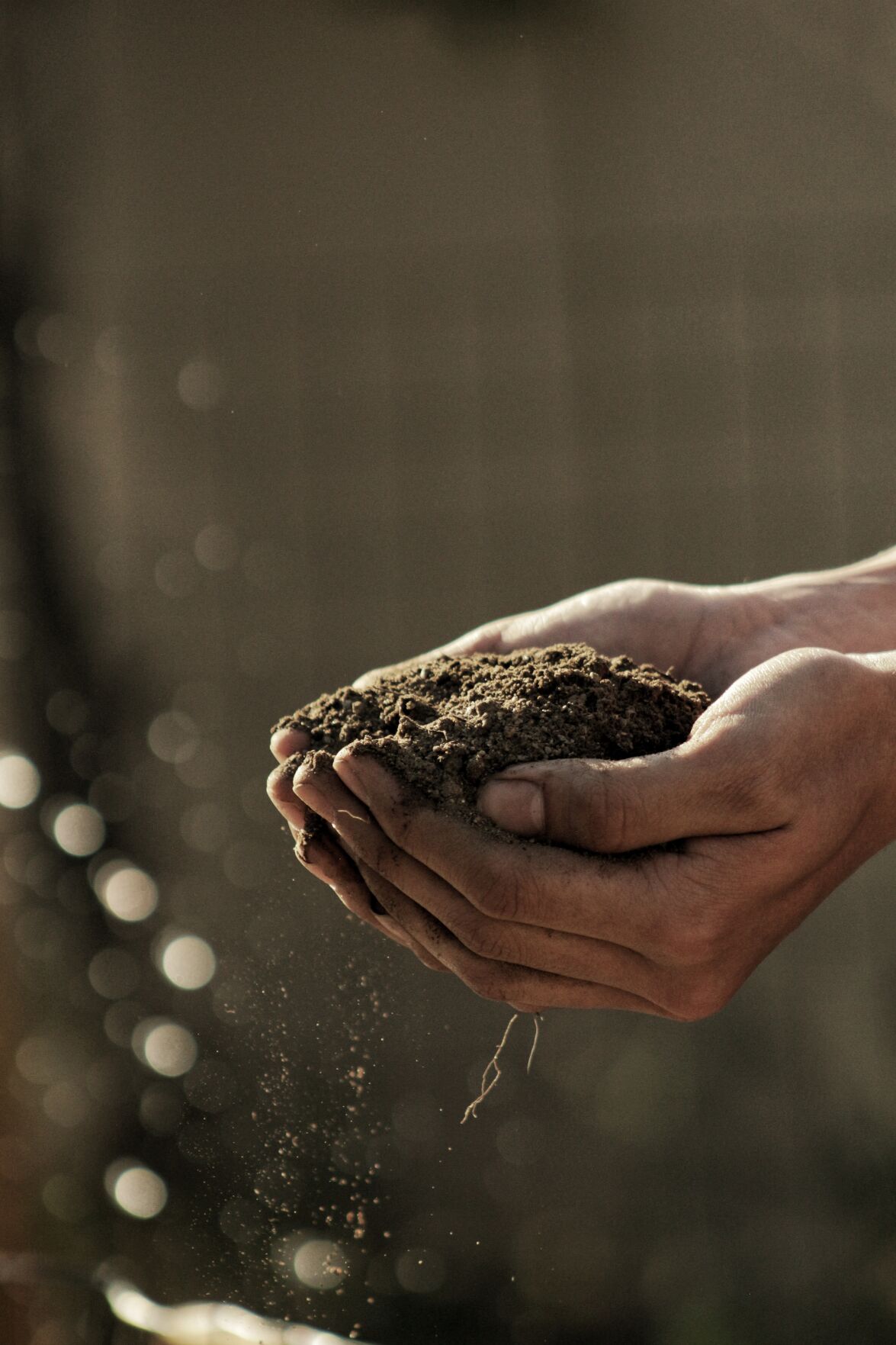Soil aggregates are groups of individual soil particles that bind to each other more strongly than adjacent particles. Aggregates that don’t fall apart and revert to individual soil particles when they are subjected to disruptive forces like tillage, erosion, or even a rainfall event are considered stable.
Aggregate stability is highly dependent on the biological activity in the soil. Certain fungal groups and other organisms, like bacteria and earthworms, secrete glue like substances that help hold soil particles together in aggregate sizes. These organisms rely on living plants, along with decomposing organic substances, for their food source. This is basically carbon that plants take from the atmosphere through photosynthesis. During long fallow periods, where there are few, if any, growing plants, this carbon source can run low and the soil biology begins to die off. Thus, it does not provide those organic glues needed to form soil aggregates.
Stable soil aggregates provide the pore spaces needed for water to enter the soil when a rainfall event happens. On soils with poor aggregate stability the individual soil particles of sand, silt and clay break away from each other when water enters an aggregate. These soil particles then fill pore spaces and can form a crust on the soil surface. When the pore spaces are plugged with individual soil particles water will have difficulty infiltrating into the soil.
When the next rainfall event occurs much of the water will run off, taking soil particles with it. At that point it really doesn’t matter how much rain we get since very little is getting into the soil. In dryland cropping systems this is a big deal because every drop of moisture counts. The more we can capture and store in the soil profile the better chance we have a growing a good, productive crop.
Good aggregate stability also helps in root development, which helps the plant take up more water and nutrients. The soil is more resistant to wind and water erosion and allows for easier movement of air, water, nutrients and biota within the soil.
So how do we improve our soil aggregate stability? The simple answer is to reduce tillage and keep plants growing in the soil for as long as possible. Tillage physically breaks down soil aggregates and disturbs the soil biology that secrete glues that hold soil particles together. Increasing the cropping intensity, with additional cash or cover crops, will provide the carbon source needed to keep the soil organisms alive and in turn providing the organic glues that are needed to form and maintain stable soil aggregates.
For more information about this or other soil health practices you can contact me at [email protected] or any local NRCS office.



